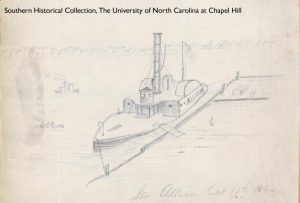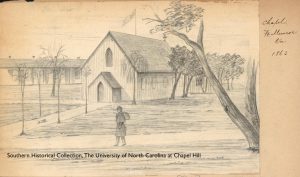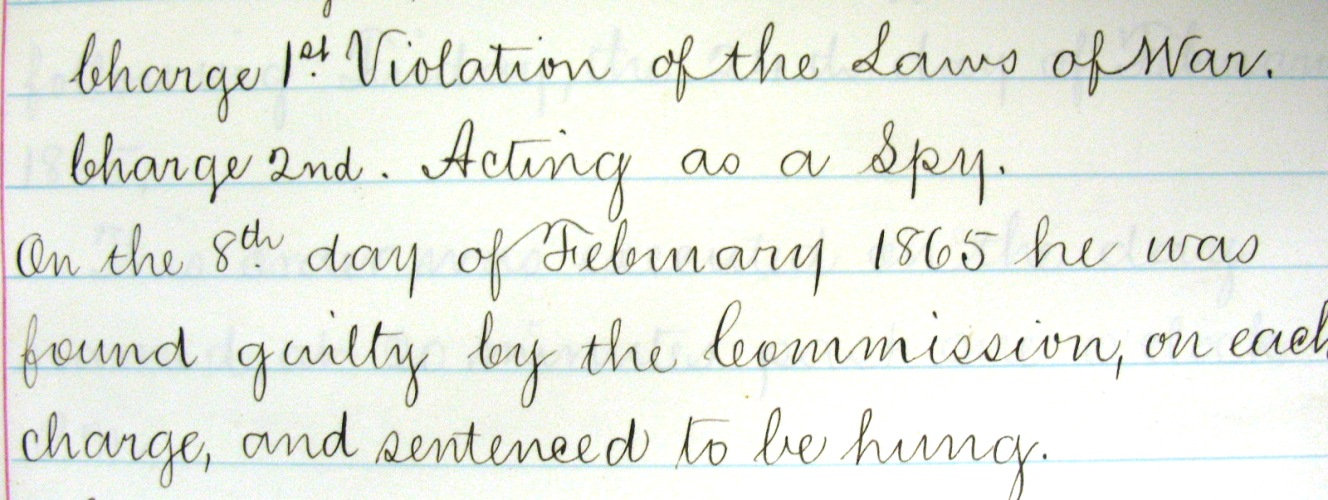As our way of welcoming Carolina students back to campus, this week we’ll share a few reflections and experiences of bygone Tar Heels. These letters and diary entries are rich, funny, often surprising accounts of student life in Chapel Hill.
Take, for example, this 21 January 1834 letter from Charles L. Pettigrew to his father in which junior writes of the challenges in finding (and keeping) a good roommate.

The business of the session has again commenced and I am in a very neat and warm room with out a room-mate, nor do I intend to take a room-mate because good ones are so hard to find; I had one last session, I was compelled to take him his brother wrote to me to take him in my room and there by he would be under some restraint, his brother had just graduated, and had left me his room one of the best rooms and some say the best in college and therefore I felt myself under some sort of obliation [sic] to him, for the first two months he made no noise studied hard and behaved himself well and properly and I liked him very much, the affection was reciprocated, but after a while he got a fiddle and of course got among the fiddlers in college idle and worthless fellows, then he began somewhat to absent himself from his room and finally he went and staid [sic] with one altogether although his trunk was in my room, so we parted and and [sic] very seldom see each other, after he left me he began to drink considerably and to have wines and brandy continually, and boy of about 15, I am afraid he will not do much good in this world…









 On this date, forty four years ago, President Lyndon B. Johnson signed into law the “National Voting Rights Act of 1965.” The Act was intended to enforce the fifteenth amendment to the U.S. Constitution. It did so by outlawing disfranchisement practices adopted in many southern states after the Civil War, including literacy tests. Amazingly, the 1965 Act was ratified some 95 years after the fifteenth amendment was signed into law.
On this date, forty four years ago, President Lyndon B. Johnson signed into law the “National Voting Rights Act of 1965.” The Act was intended to enforce the fifteenth amendment to the U.S. Constitution. It did so by outlawing disfranchisement practices adopted in many southern states after the Civil War, including literacy tests. Amazingly, the 1965 Act was ratified some 95 years after the fifteenth amendment was signed into law.